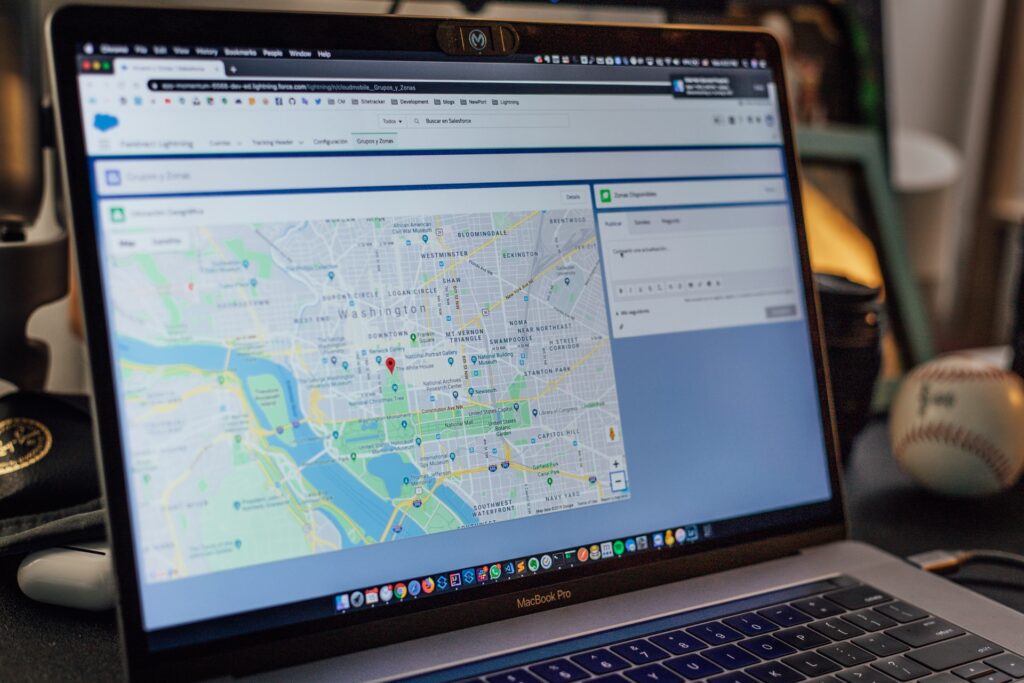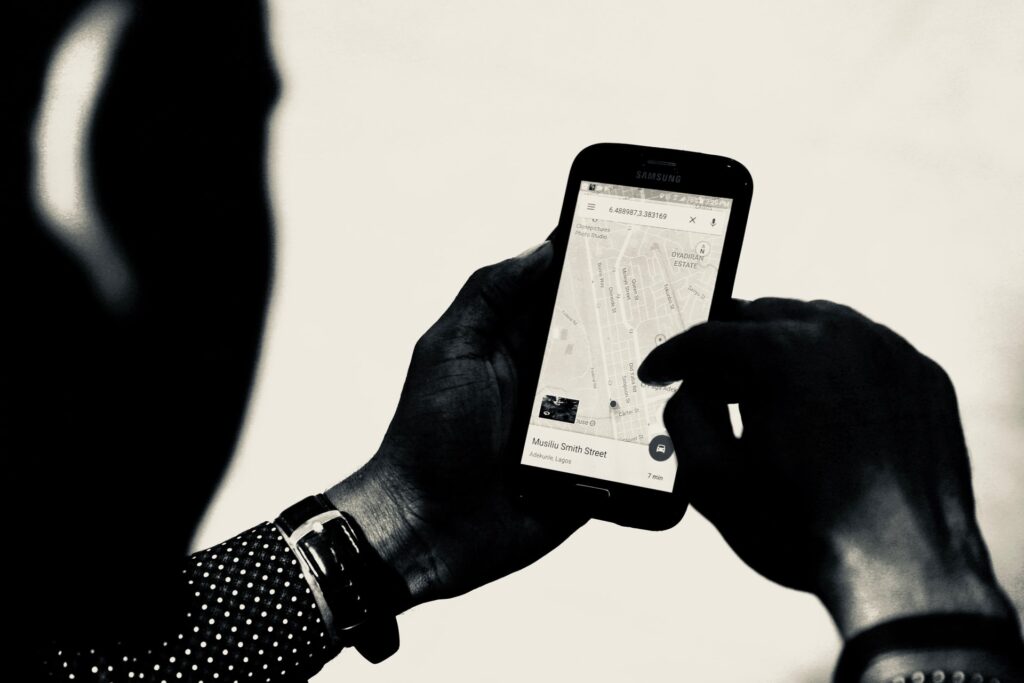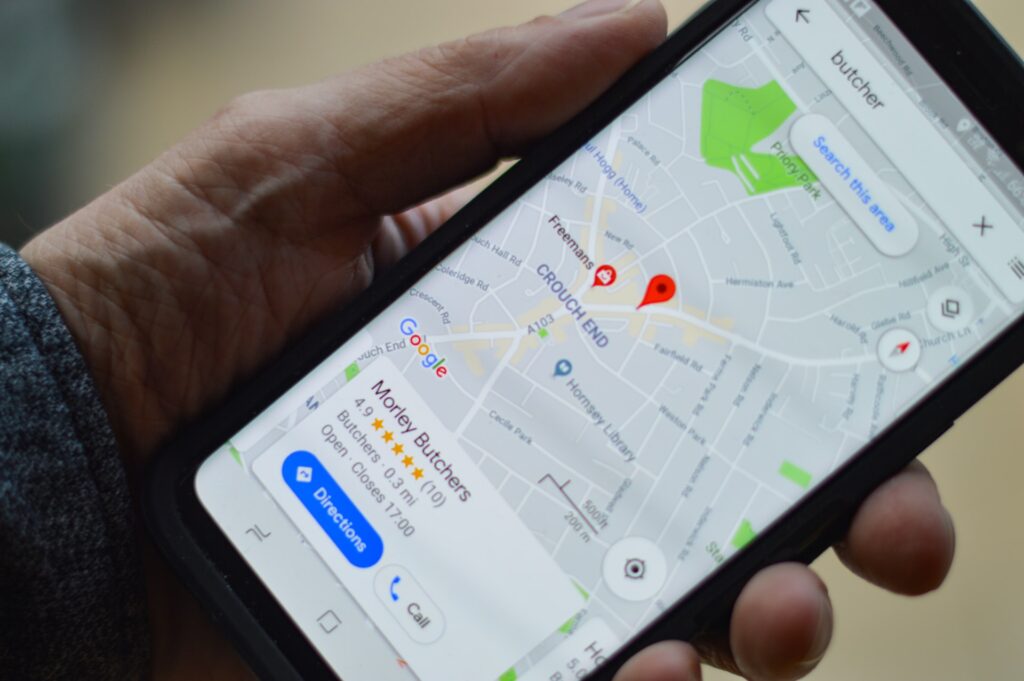Benjamin Franklin once said, “By failing to prepare, you are preparing to fail.” While he wasn’t talking about planning for a trip, the quote is appropriate. Although you can have a great trip without any preparation, the most successful trips tend to be ones that are planned out in advance.
A great way to prepare for a trip is to create a custom map. With a custom map, you can plan out the things you want to do, the hotels you’ll be staying at, and the restaurants you want to visit. This will provide you with an excellent visual of your trip and help you estimate travel time between locations so you can make the most of your vacation.
This article examines how to create a simple custom Google Map with Google My Maps and a more advanced custom Google Map with Maptive.
How to Create a Custom Google Map with Google My Maps

Image source: unsplash.com
- Navigate to Google Maps and select “Create a New Map.”
- Title your map by going to the upper left-hand corner and clicking on “Untitled Map.” A box will appear to add a title for your map and a brief description of what the map is for.
- The next step is to add points of interest. These are all the places you want to visit, including restaurants, hotels, and sights, and attractions. In the search bar, write the name of the place you want to visit and click enter. A neon green pin will drop on the map to indicate the location of your point of interest, and the name will appear in the box on the left-hand side.
- If you want to add a location without searching, you can click on the pin icon under the search bar then select the location on the map. A pin will be placed there with the title “Point 1.” You can change this by clicking on the pencil icon on the lower right of the box.
- If you want to make notes about a specific point of interest, simply click on the name in the left-hand box. A box for that location will pop up. To add notes, just click the pencil icon.
- Once you’ve added all your points of interest, it’s time to customize the icons on your map. The purpose of this is to differentiate each icon, so you know which are restaurants, which are places to visit, etc. To customize an icon, hover over a name on the list in the box on the left-hand side and click on the paint bucket symbol. A selection of colors and icon shapes will appear.

Image source: unsplash.com
- To keep yourself organized, it helps if you add layers to your map. These layers can be organized by individual days of your stay or by the different points of interest. It’s up to you. To add a layer, click on the “Add Layer” button in the box on the left-hand side, then drag your locations into each one. You can turn each layer on or off separately by clicking the box with the checkmark next to the title. You can also name each layer by clicking on “Untitled Layer” and writing in the name you prefer.
- Next, you’ll want to know the best way to get from each of the locations on your map. For this, you’ll need directions. To get directions, first select your starting location. You’ll need to click the directions icon. This is located underneath the search bar and looks like an arrow pointing to the right. When you click this, a new layer will be created. Next, click on the location on your map where you want to go. You can decide to get driving, cycling, or walking directions by clicking on “Driving,” located above the names of point A and point B.
- Last but not least, you have the option to share your map. Simply click the “Share” icon in the left-hand box and choose who you want to share your map with.
How to Create A Custom Google Map with Maptive

Image source: unsplash.com
- You will need to create an account to use this software. Once you have an account, navigate to the home page and click the “Create New Map” button. A popup will appear. Enter the name of your map in this popup and click “Continue.”
- Rather than enter your locations one at a time, the app lets you enter all your locations by either copying and pasting all your location data or uploading a spreadsheet. (However, if you prefer, there is still the option to enter each location individually.)
- Once your data has been uploaded, click “Map Now,” and a map will generate all your location points.
- You can now perform a variety of actions. To start with, we recommend plotting the distance between each point with the distance calculator. Select the ruler icon on the right-hand side of the map and select either single point measurement or multiple point measurement. Then use your cursor to click on your starting point, then click on the point you want to drive to. This will give you a good idea of how long it will take you to get to each of your destinations.

Image source: unsplash.com
- If you want to know how many things you can do within a certain time, you will want to use the DriveTime Polygon. Start by clicking the wrench and screwdriver icon on the right-hand side of the map. This will open a drawing toolbar. Then you’ll want to click on the “Distance Radius / Drive Time Polygon Tool.” Next, under “Type,” select “Drive Time Polygon,” then write in your starting location and the amount of time you have available. Then choose a color for your polygon and click “Add Drive Time Polygon.” Your polygon will then appear on the map to show you how much ground you can cover in the amount of time you have available.
These are just some of the ways you can customize your Google map using this sort of application.

















